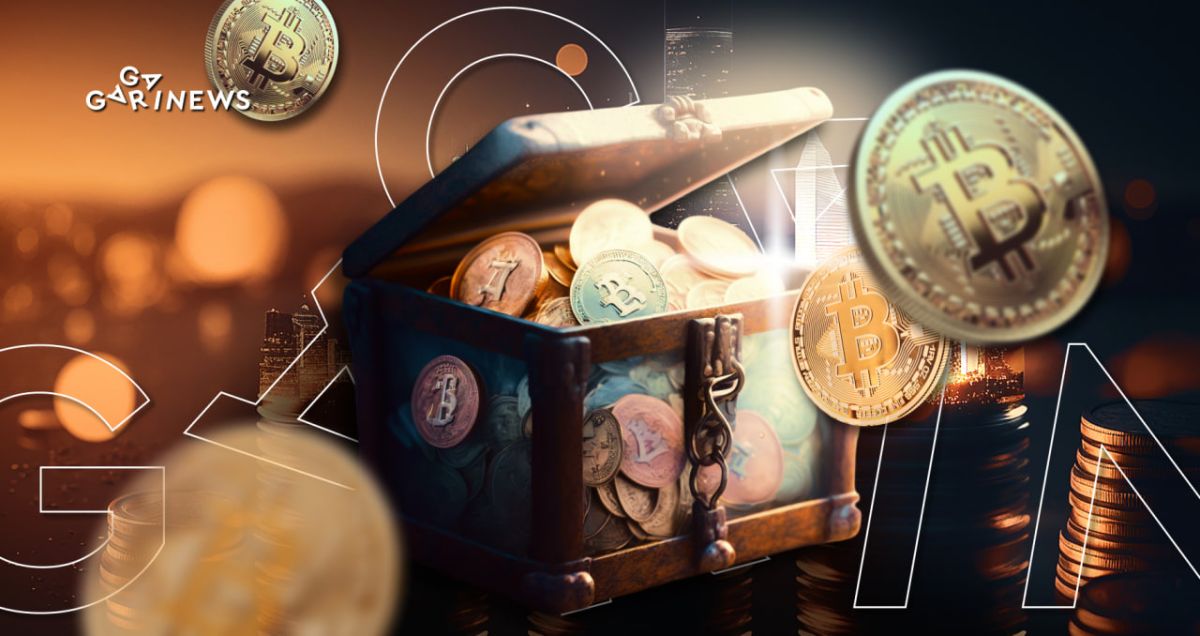Capital Preservation Strategies in the Crypto Market

As a trader or investor, your goal isn’t just to build a portfolio of digital assets, but to safeguard and grow your capital over time. That’s where a solid capital preservation strategy comes in.
On this page
No seasoned trader can ignore the rules of capital management and expect to consistently profit from exchanges. These principles ensure that you balance your trading deposit and investment assets effectively.
Whether you're trading crypto or any other market, money management rules apply universally.
By following effective financial management rules in trading, you can greatly improve your results and make more profit in your exchange transactions.
The Capital Management System
For traders, your trading deposit is both your capital and a tool for increasing your portfolio of assets. Therefore, it's crucial to use a capital management system to ensure long-term success. Managing your capital is just as important as technical and fundamental market analysis skills, if not more important.
The capital management system (money management) has several components that should be used in combination to achieve the goal of preserving and growing your portfolio of digital assets:
- Investment portfolio structure management
- Deposit management
- Trade management
- Capital preservation rules.
Managing Your Investment Portfolio
As a crypto investor, your investment portfolio can have a variety of structures and classes of digital assets.
A conservative portfolio contains liquid cryptocurrencies from the top 30 (or even 100) assets according to CoinMarketCap. The classic ratio of coins to stablecoins is 50/50. In case of a market downturn, stablecoins are used to open positions, and after a growth cycle, volatile assets that have shown a return of more than 10% are sold for stablecoins. Then, the process repeats.
A balanced portfolio can consist of 50% liquid cryptocurrencies and stablecoins, while the remaining 50% can be made up of riskier instruments such as tokens purchased in early sales, NFTs, and low-liquidity assets that generate a passive income (staking, yield farming, etc.).
An aggressive portfolio consists of 100% high-risk assets that offer significant returns, hype NFTs, or tokens purchased in early sales. But it's important to remember the rule: greed pays twice, so before buying such assets, it's better to measure seven times (weigh the risks and potential losses).
Periodically, the portfolio's asset structure should be rebalanced (at least once every six months or a year) to align with market trends and based on technical and fundamental analysis.
Managing Your Deposit
Managing your deposit is also crucial. Amateur traders mostly conduct operations to top it up, while professionals tend to withdraw funds. The deposit size should be sufficient to ensure a decent monthly profit. That's in an ideal world, of course!
After doubling your deposit, it's advisable to withdraw 25% or 50% to a cold wallet, gradually building a financial cushion in case of difficult times in the market or a reserve fund for future investments.
When trading on centralized crypto exchanges, don't put all your eggs in one basket. To diversify risks (nobody canceled CEX scams), divide your deposit into several parts (3-5) and keep them on accounts of different exchanges. You can also choose a safer but less liquid trade with a minimum set of tools on DEXes.
Managing Your Trades
During trading, it's important to control the number and amounts of trades. A common mistake is creating a large number of trades (more than two) in one direction with the same asset (for example, buying in the hope that its value will rise). If the price moves in the opposite direction, all trades will be closed with a stop-loss order, resulting in a loss. If a trader doesn't set stop-loss orders and doesn't want to accept losses (which is a typical situation in the spot market), the funds can remain immobilized and effectively withdrawn from circulation. This can lead to a loss of turnover on the balance sheet, which automatically reduces the profitability of the deposit and portfolio.
When it comes to determining trade amounts, the following rules apply:
- Novice traders should open trades for 1-2% of the current deposit amount.
- Experienced traders can open trades for 2-5% (maximum 10%) of the current deposit amount.
Capital Preservation Rules
There are also certain rules that should not be ignored to help preserve capital. They are based on years of experience in conducting exchange trading.
Always use a stop-loss order. Ideally, use a dynamic stop-loss order to be able to adjust it and at least avoid losses.
Carefully select currency pairs. Ideally, trade liquid assets with significant daily trading volumes and market capitalization. Trading illiquid assets, tokens after ICO, obvious scams, or hype NFTs is a high-risk zone!
Don't neglect fundamental analysis. After choosing an asset to open a position from a technical analysis perspective, pay attention to its fundamentals. If criminal proceedings are brought against the project's founders, there was an attempt to hack the network, or any other negative factor is present, it's not worth trying to play on an upward trend.
Leveraged trading is evil! Greed and FOMO have never made anyone wealthy. The margin market with leverage up to 100x promises big profits, but in practice, 99.9% of traders end up with a margin call (deposit liquidation). If you want to try this trading method, choose leverage no more than 3-5x.
Keep a trading journal. Record all closed trades and their results, even if it's just in Excel. Record the dates, types of trades and orders, currency pairs, loss/profit percentages, and ideally, the entry position triggers. Analyzing closed trades should become a regular practice.
Trading shouldn't consume a trader's entire life! Staying up all night to trade during the Asian session, having red eyes, sleeping for only four hours, continuously sitting in front of a monitor, or constantly monitoring charts and balances – this is a path to a nervous breakdown or burnout in trading. It's important to remember to maintain a work-life balance. If you've met your daily profit target, turn off your computer and devote some time to your loved ones or hobbies. If you've experienced 3-4 losing trades, take a break (for a day or two), analyze your mistakes, adjust your trading strategy, and only then resume trading.
The content on The Coinomist is for informational purposes only and should not be interpreted as financial advice. While we strive to provide accurate and up-to-date information, we do not guarantee the accuracy, completeness, or reliability of any content. Neither we accept liability for any errors or omissions in the information provided or for any financial losses incurred as a result of relying on this information. Actions based on this content are at your own risk. Always do your own research and consult a professional. See our Terms, Privacy Policy, and Disclaimers for more details.


























